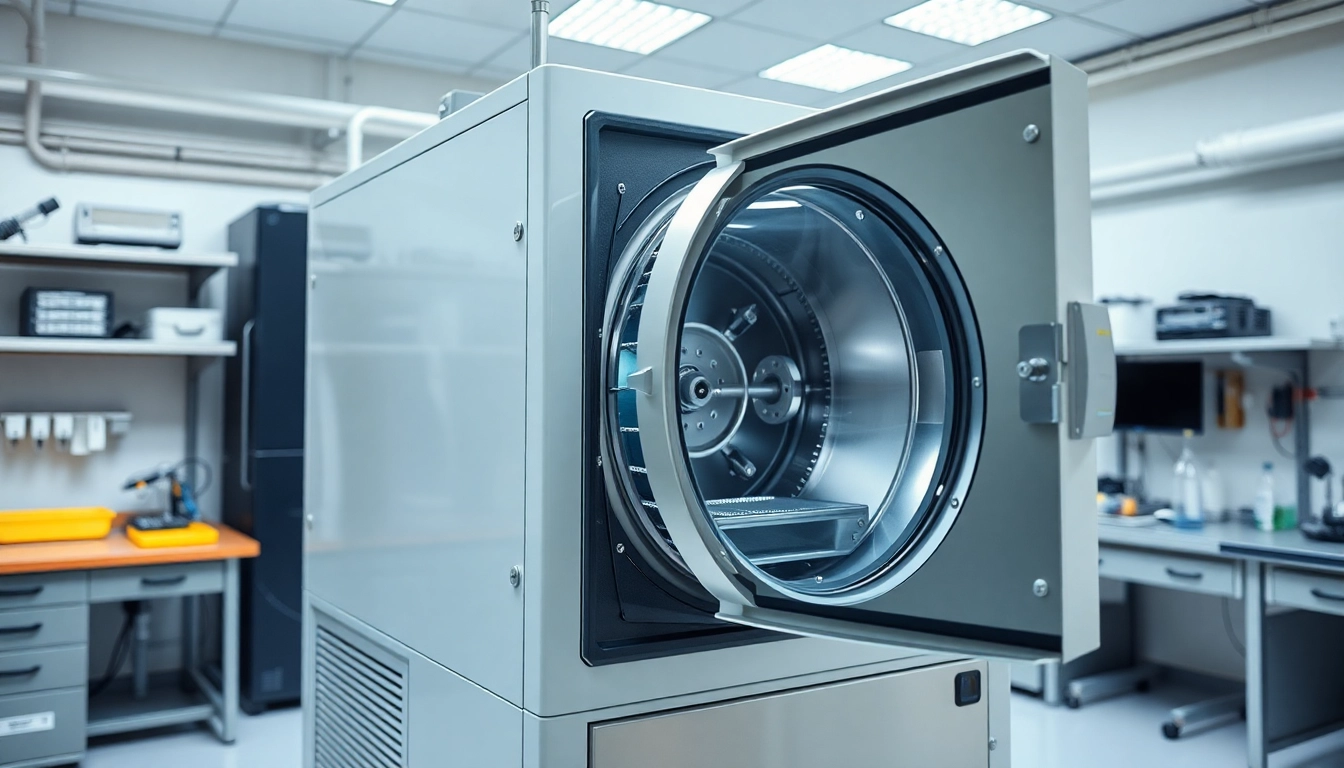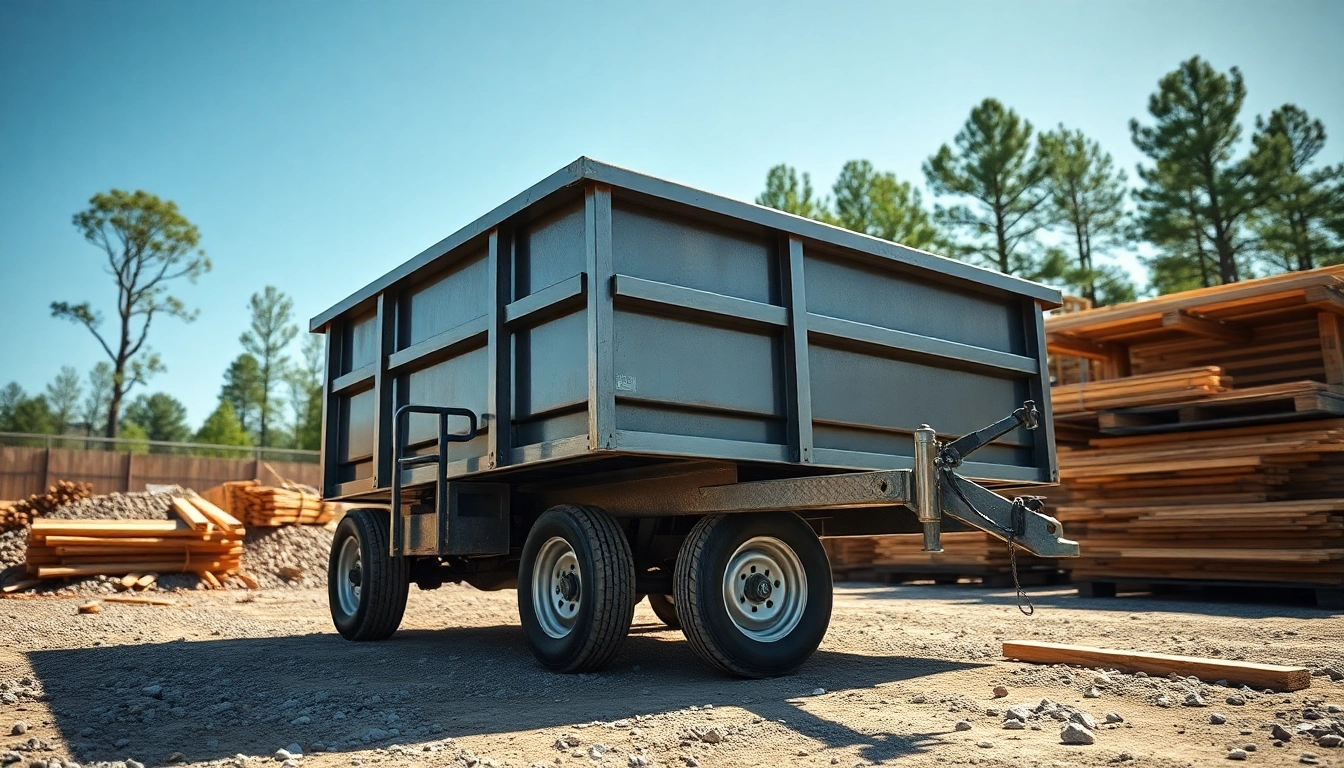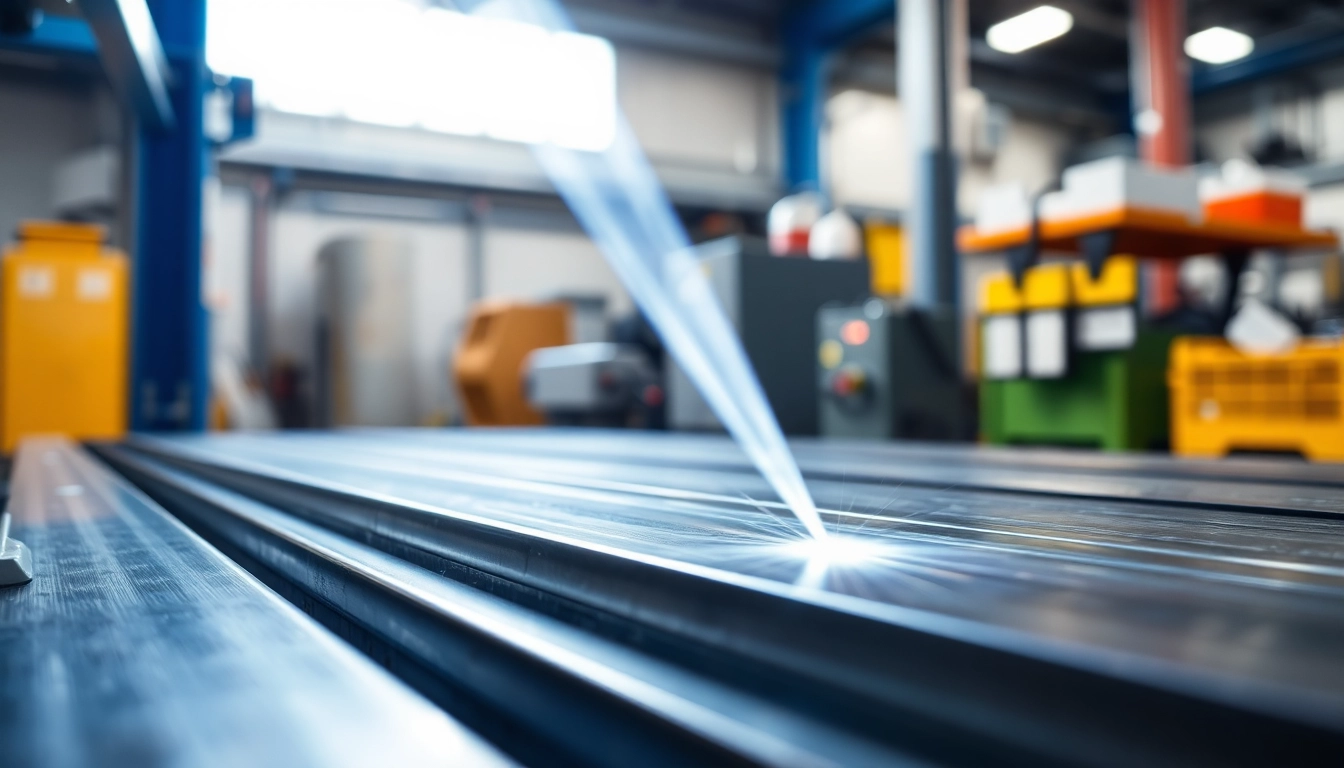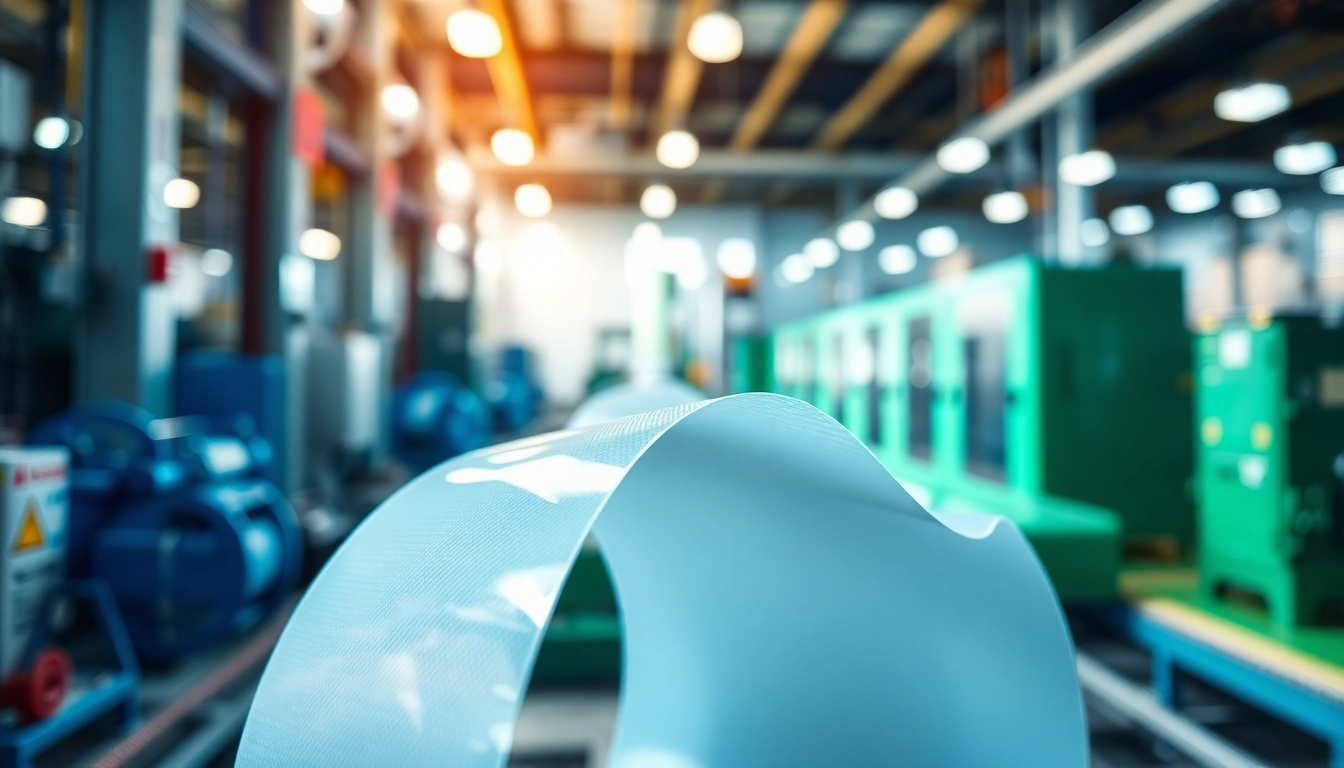Understanding Epoxy Prepregs and Their Applications
In the world of advanced manufacturing, materials that enhance performance while ensuring efficiency are invaluable. One such critical material is epoxy prepregs. These pre-impregnated composites revolutionize how products are designed, manufactured, and utilized across various industries. This comprehensive guide will delve into the essentials of epoxy prepregs, their multifaceted applications, their myriad benefits, and much more.
What Are Epoxy Prepregs?
Epoxy prepregs are composite materials comprised of fibers—typically carbon or fiberglass—that have been pre-impregnated with a liquid epoxy resin. This pre-impregnation process involves saturating the reinforcing fibers with resin before curing, enabling manufacturers to create parts that possess superior strength-to-weight ratios compared to traditional composites. When exposed to heat, the epoxy cures, hardening the structure and enhancing its performance characteristics.
Applications Across Industries
Epoxy prepregs serve a broad spectrum of applications, making them indispensable across various sectors. Their exceptional properties—like high performance under stress, lightweight, and durability—make them suitable for:
- Aerospace: Used extensively for aircraft components, where reducing weight while maintaining structural integrity is critical.
- Automotive: Employed in parts that require high strength yet low weight, contributing to fuel efficiency and performance improvements.
- Sports Equipment: From bicycles to fishing rods, epoxy prepregs enhance the strength and lightweight nature of sporting goods.
- Industrial Applications: Utilized in components that require consistent performance and long-term durability under rigorous conditions.
Benefits of Using Epoxy Prepregs
The use of epoxy prepregs offers several advantages that contribute to their popularity in advanced manufacturing:
- High Strength-to-Weight Ratio: Their unique composition provides excellent mechanical properties, essential for performance-critical applications.
- Consistent Quality: Being manufactured in a controlled environment ensures uniform resin distribution and consistent fiber saturation.
- Ease of Processing: Prepregs can be easily handled and laid up, streamlining the manufacturing process and reducing waste.
- Improved Accuracy: The pre-impregnated state allows for better precision in layering, which is crucial in applications requiring tight tolerances.
Types of Epoxy Prepregs
Woven and Non-Woven Variants
Epoxy prepregs come in various forms, primarily differentiated based on the type of fabric used. Woven prepregs, made from interlacing fibers, offer enhanced strength and rigidity, making them ideal for areas requiring additional structural support. Non-woven variants, often created from chopped fibers, exhibit greater flexibility and are typically easier to mold into complex shapes.
Heat-Curable vs. Room-Temperature-Curable
Another classification of epoxy prepregs is based on their curing requirements. Heat-curable prepregs require elevated temperatures to achieve optimal curing. This process generally results in superior thermal resistance and mechanical properties. In contrast, room-temperature-curable prepregs can harden at ambient temperatures, offering versatility for applications where heat might damage other components.
Specialized Epoxy Prepregs for Aerospace and Automotive
Within the aerospace and automotive sectors, specialized epoxy prepregs are formulated to meet specific performance metrics. For aerospace applications, these materials often require enhanced fire resistance, high fatigue resistance, and lightweight characteristics. Automotive applications necessitate durability under impact and the ability to withstand environmental conditions such as moisture and chemical exposure.
Manufacturing Processes Involving Epoxy Prepregs
Preparation and Handling Techniques
Proper preparation and handling of epoxy prepregs is crucial for quality output. The prepregs should be stored in a refrigerated or frozen state to prevent premature curing. When ready to use, they must be thawed adequately before processing. Clean working conditions are essential to prevent contamination that could compromise the resin system’s properties.
Transfer Molding and Vacuum Bagging
Two prevalent manufacturing processes that utilize epoxy prepregs are transfer molding and vacuum bagging. Transfer molding involves placing the prepregs in a heated mold, where pressure helps distribute them evenly, ensuring complete resin infiltration. Vacuum bagging, on the other hand, involves encasing the prepregs and applying vacuum pressure, which enhances fiber wet-out and minimizes voids, leading to a denser final product.
Curing Methods for Optimal Performance
The curing phase is vital for transforming prepregs into their final hardened state. Curing methods can vary greatly depending on the type of prepreg and the intended application. For maximum performance, it is essential to adhere to the manufacturer’s recommended curing profile, which can involve multiple temperature stages and hold times to achieve the desired properties.
Choosing the Right Epoxy Prepregs for Your Needs
Evaluating Material Properties
When selecting epoxy prepregs, understanding the material properties is crucial. Key factors to examine include tensile strength, impact resistance, thermal stability, and moisture absorption. Testing these properties under relevant conditions can help determine the most suitable prepreg for specific applications.
Cost vs. Performance Considerations
Cost is often a significant factor in deciding which epoxy prepregs to use. While high-performance prepregs might come at an increased cost, they can ultimately save money by reducing scrap rates, lowering weight, and enhancing product longevity. A thorough cost-benefit analysis is advisable to ensure that the chosen materials provide the best return on investment.
Long-Term Sustainability of Epoxy Prepregs
Sustainability is becoming increasingly important in material selection. Evaluating the lifecycle of epoxy prepregs, from manufacturing through to end-of-life disposal, can provide insights into their environmental impact. Innovations in bio-based resins and recycling methods for prepregs are influencing the industry, with sustainability playing a pivotal role in future developments.
Future Trends in Epoxy Prepreg Technology
Innovations in Composite Materials
The evolution of composite materials continues at a rapid pace. New developments in nanotechnology and smart materials are enhancing the functionality and performance of epoxy prepregs. Functional additions such as self-healing capabilities and integrated sensors are paving the way for advanced applications that were once considered futuristic.
Impact of Sustainability on Epoxy Prepregs
Sustainability concerns are shaping the future of epoxy prepregs. The adoption of environmentally friendly resins and practices, alongside innovations aimed at reducing waste, are becoming increasingly prevalent. Companies are focusing on developing composites that not only perform but also align with global sustainability goals.
Market Growth and Emerging Opportunities
As demand for high-performance materials in various sectors grows, the market for epoxy prepregs is expected to expand significantly. Emerging opportunities in renewable energy, such as wind and solar, alongside advancements in electric vehicles, are driving the need for lightweight and robust materials. Companies that adapt to these market trends will likely see substantial growth in their applications of epoxy prepregs.















Leave a Reply